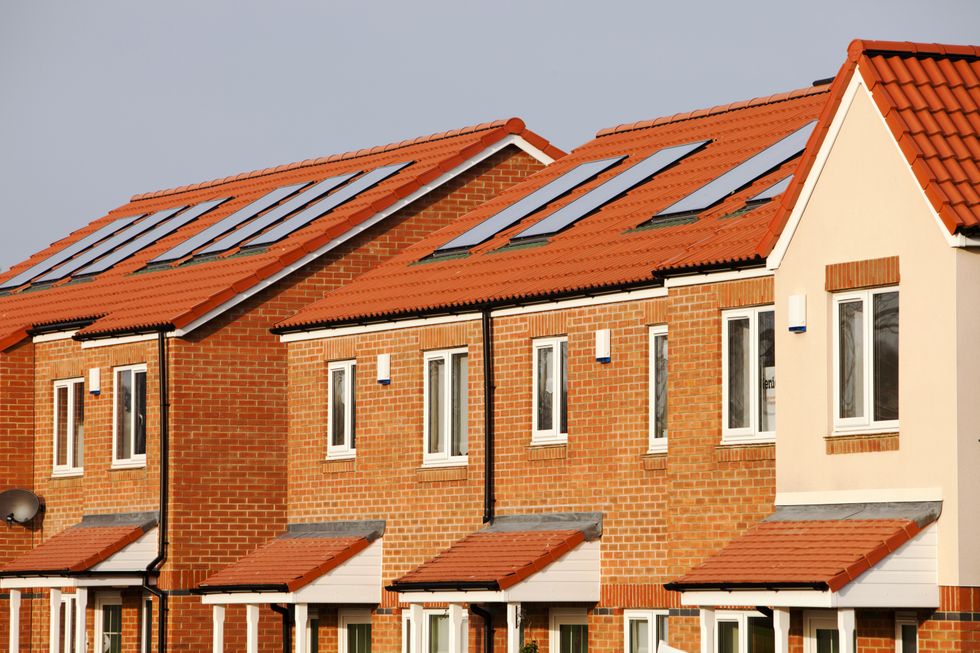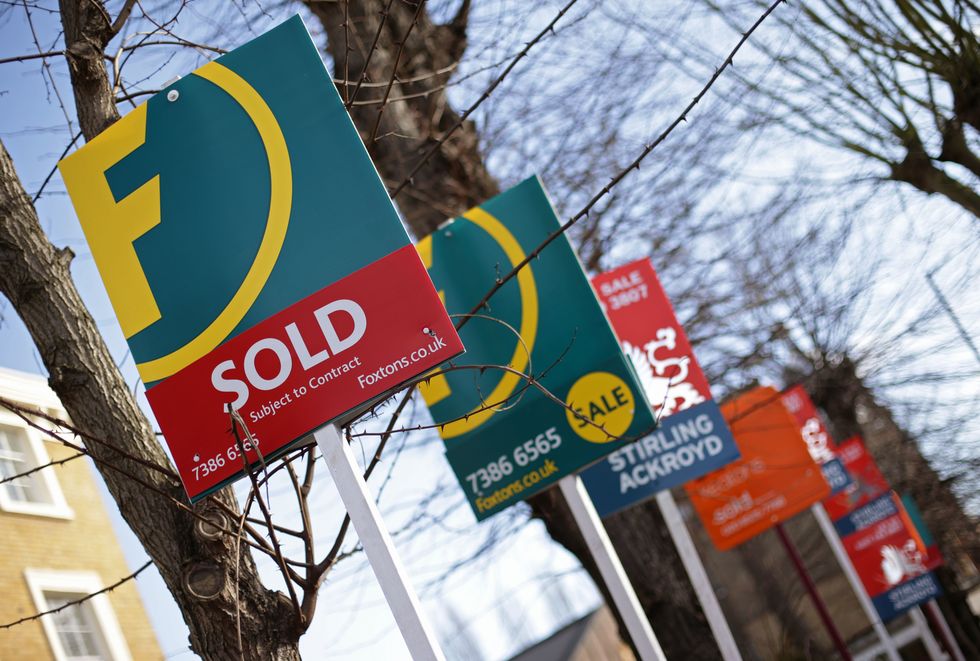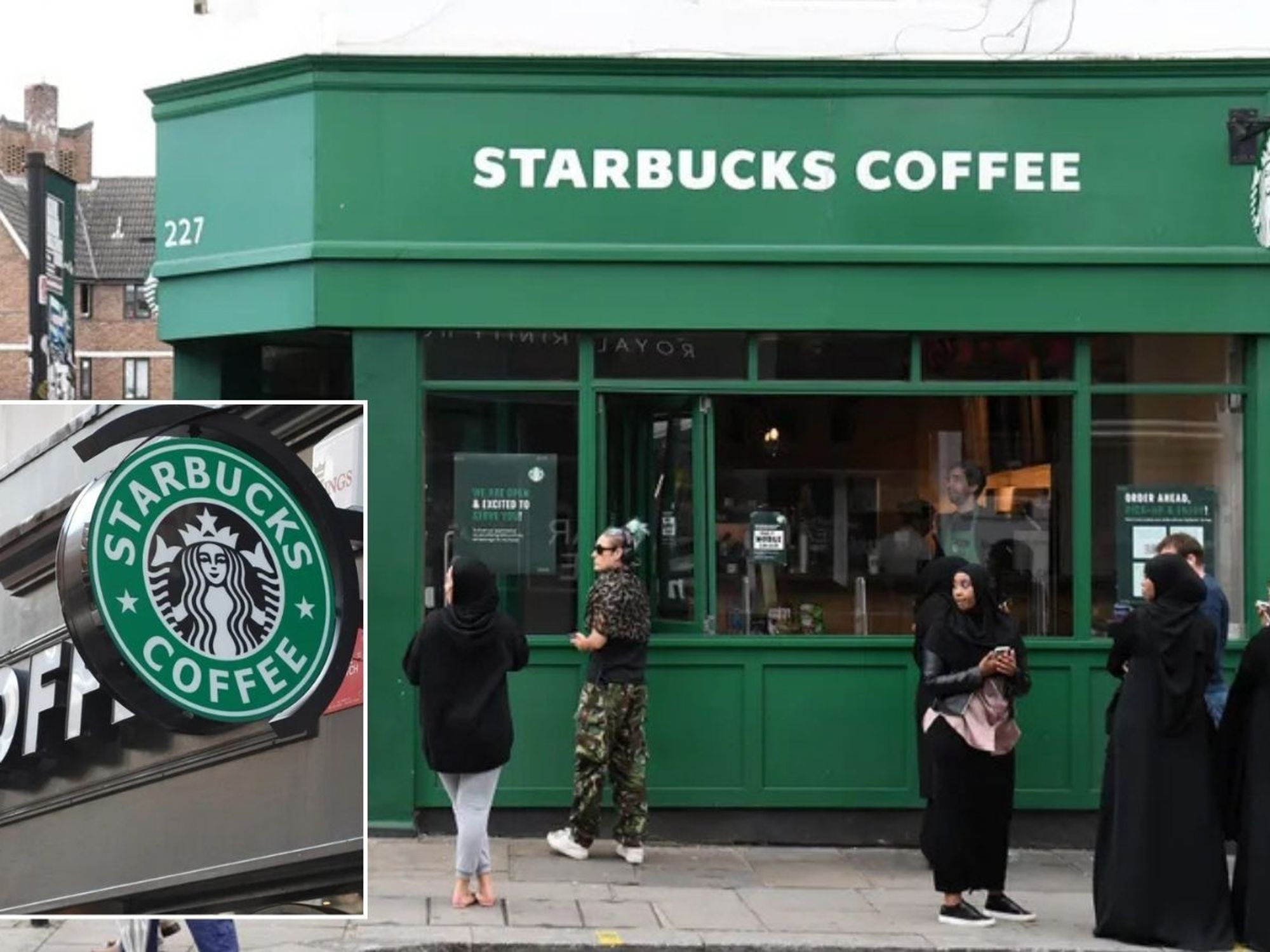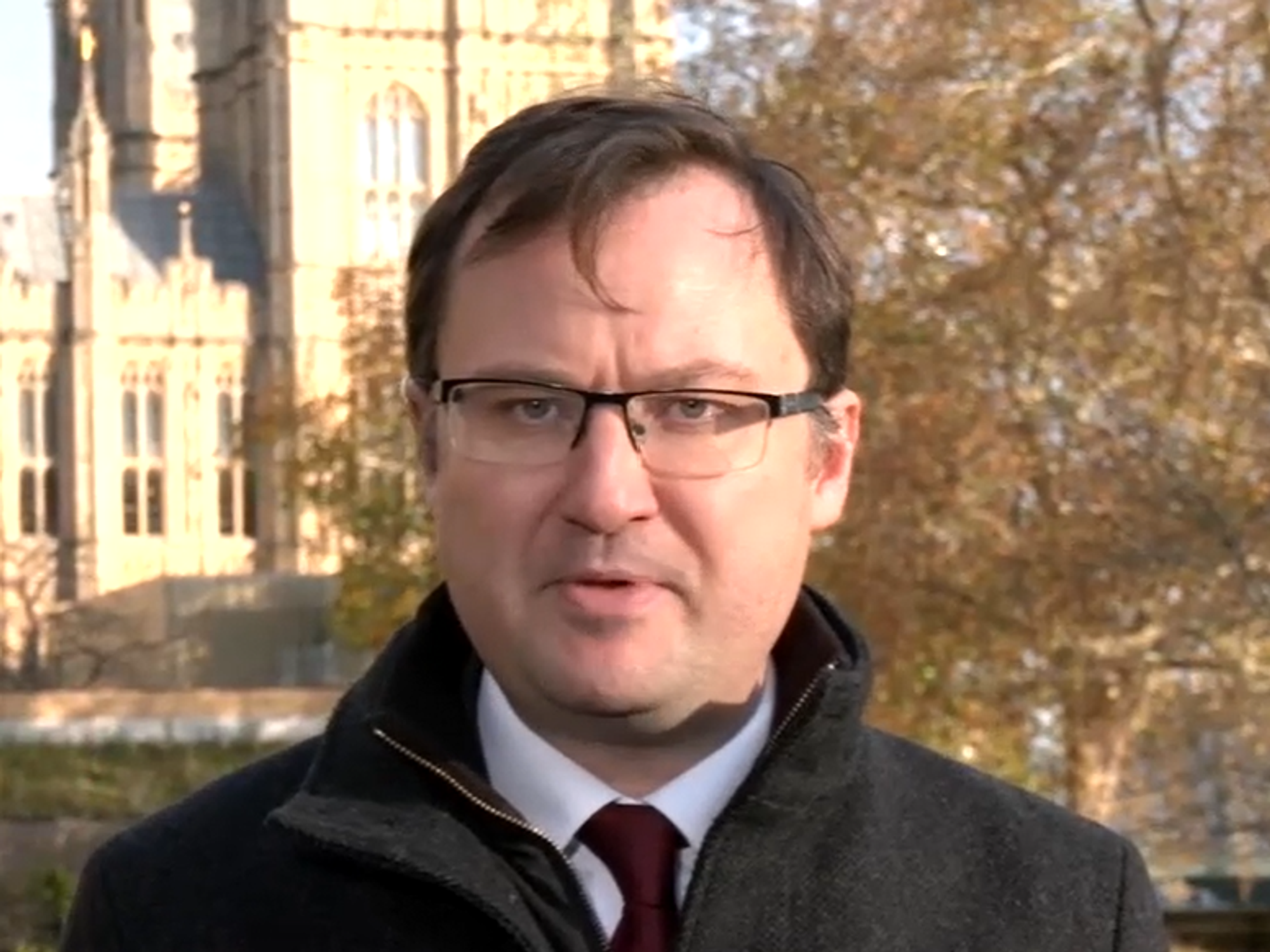The housing type seeing an impressive price jump this year – plus a 'noticeably weaker' property

Semi-detached properties have seen the biggest price increase over the last 12 months
Don't Miss
Most Read
Homeowners with semi-detached properties have reason to celebrate as their homes recorded the strongest price growth among all property types over the past year.
These properties saw values climb by 3.4 per cent in the 12 months to September, according to fresh data from Nationwide.
Recent figures, published in the bank's House Price Index, showed that these properties outperformed both detached houses and terraced homes, marking them as the standout performers in the current market.
They also remain the most common accommodation type in occupied properties.
TRENDING
Stories
Videos
Your Say
Detached homes, traditionally seen as the most desirable (and expensive) property type, saw more modest growth of 2.5 per cent.
Terraced houses weren't far behind, with prices rising 2.4 per cent year-on-year.
But it's a different story for flat owners hoping to sell their homes. These properties actually lost value in the last 12 months, dropping 0.3 per cent compared to last year.
Nationwide revealed that flats have been struggling for quite some time, seeing "noticeably weaker growth" than other property types, according to Nationwide's chief economist, Robert Gardner.
LATEST DEVELOPMENTS:

Semi-detached properties saw the strongest price growth, followed by detached, terraced, and flats
| GETTYOver the past decade, their prices have risen just 20 per cent. This is less than half the growth seen by terraced houses during the same period.
The gap between property types shows how different segments of the housing market are performing in distinctly different ways.
Mr Gardner said the overall housing market remains steady with annual price growth at 2.2 per cent in September, barely changed from August's 2.1 per cent.
"Despite ongoing uncertainties in the global economy, underlying conditions for potential home buyers in the UK remain supportive," the economist explained.

The overall housing market remains steady, with annual price growth at 2.2% in September
| GETTYHe pointed to several beneficial factors: "Unemployment is low, earnings are rising at a healthy pace, household balance sheets are strong, and borrowing costs are likely to moderate a little further if Bank Rate is lowered in the coming quarters as we, and most other analysts, expect."
Predicting more positivity in Q4, the economist added: "Providing the broader economic recovery is maintained, housing market activity is likely to strengthen gradually in the quarters ahead."
Looking at the bigger picture across the UK, Northern Ireland emerged as the clear winner in Q3 (the three months to September).
Here, house prices jumped 9.6 per cent year-on-year – miles ahead of anywhere else in the country.
Wales saw house prices rise by three per cent, while Scotland recorded 2.9 per cent growth. England lagged at just 1.6 per cent overall.
Southern England particularly struggled, namely the Outer South East, which managed just 0.3 per cent growth – the weakest performance of any region.
In happier news for homeowners, the north of England performed well, with prices up 5.1 per cent in areas like Tyneside, Teesside, and Cumbria.











